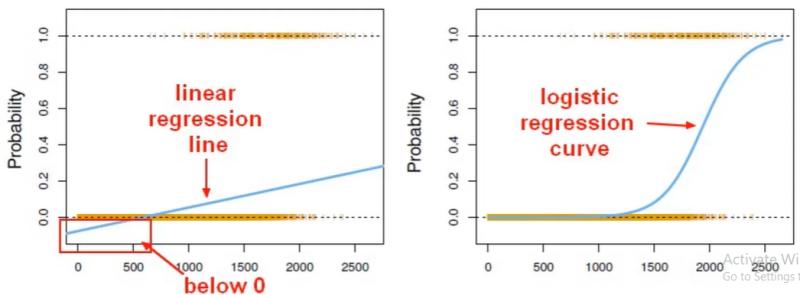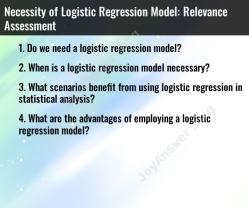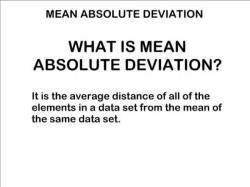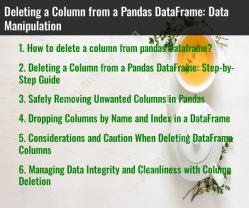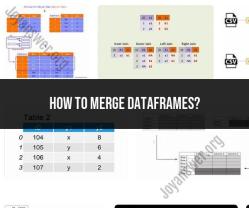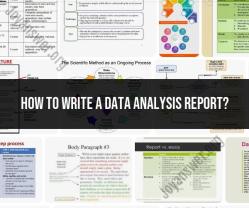Why is logistic regression considered a linear model?
Logistic regression is considered a linear model, not because it models the relationship between the predictors and the response variable in a linear way, but due to its linear combination of input features before applying a non-linear function. The term "linear" in logistic regression refers to the fact that the log-odds (logit) of the probability of the event occurring is modeled as a linear combination of the predictor variables.
The logistic regression model can be expressed as follows:
Here:
- is the binary dependent variable (0 or 1).
- is the probability of being 1.
- is the natural logarithm of the odds of being 1.
- are the coefficients representing the effect of each predictor variable () on the log-odds of the event occurring.
The linear part of the logistic regression model is the sum of the products of the coefficients and predictor variables. The logistic function, or sigmoid function, is then applied to the linear combination to map it to a probability between 0 and 1:
Here, is the base of the natural logarithm.
Although the relationship between the log-odds and the predictors is linear in the logistic regression model, the relationship between the probability and the predictors is non-linear due to the logistic function. The linearity in logistic regression is about the coefficients, not the predictors themselves.
In summary, logistic regression is termed a linear model because of the linear combination of predictors in the log-odds space, even though the relationship between the probability and predictors is non-linear after applying the logistic function.
1. Logistic Regression as a Linear Model
Logistic regression is considered a generalized linear model, which is a type of statistical model that extends linear regression to accommodate non-normal dependent variables. While the dependent variable in linear regression is continuous, the dependent variable in logistic regression is categorical, typically binary (0 or 1).
2. Linear Aspects of Logistic Regression
Despite dealing with a categorical dependent variable, logistic regression retains several linear characteristics:
Linear predictor: Logistic regression uses a linear predictor, a combination of weighted independent variables, to predict the probability of the dependent variable being in one category.
Linear transformation: The linear predictor is transformed using the logistic function, also known as the sigmoid function, which maps the predictor to a value between 0 and 1, representing the probability of the dependent variable being in the positive category.
Interpretation of coefficients: The coefficients in logistic regression represent the change in the log odds of the positive outcome for a one-unit change in the corresponding independent variable.
3. Difference from Other Regression Models
The key difference between logistic regression and other regression models lies in the nature of the dependent variable:
Linear regression: Linear regression models predict continuous dependent variables, assuming a linear relationship between the independent variables and the dependent variable.
Logistic regression: Logistic regression models predict categorical dependent variables, typically binary (0 or 1). The linear predictor is transformed using the logistic function to produce probabilities between 0 and 1, representing the likelihood of the positive outcome.
In summary, logistic regression is considered a linear model due to its use of a linear predictor and the linear relationship between the independent variables and the transformed dependent variable (logit of the probability). However, it differs from other regression models in its ability to handle categorical dependent variables and its output of probabilities rather than continuous values.
